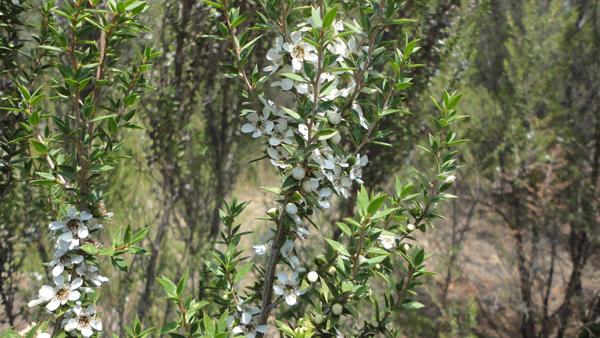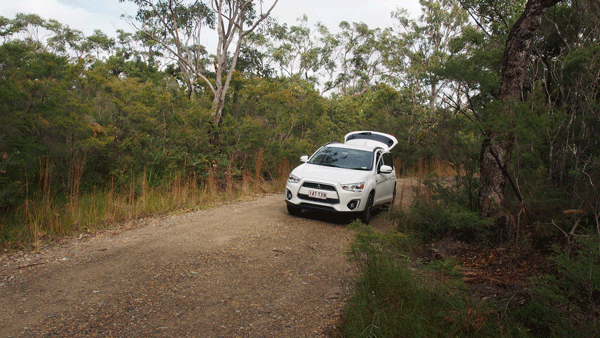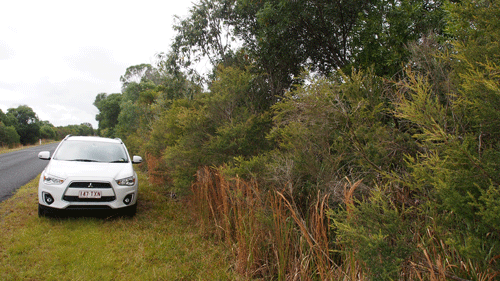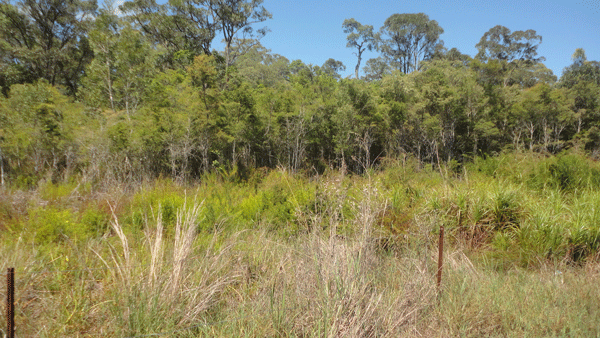
The development of plantations for honey production is a very new concept in Australia and almost as new in New Zealand and unheard of anywhere else.
The explosive demand for Manuka honey and other bio-active Leptospermum honey has skyrocketed out of control in the last year or so in particular.
Traditionally, beekeepers have relied heavily on accessing public lands and National Parks to locate their hives as they follow the honey flow throughout the year. The relatively high value of bio-active honey derived from Leptospermum has meant that those areas rich in that flora have been targeted and therefore putting those areas under increasing pressure environmentally, commercially and politically.
Broadwater National Park near Evans Head NSW is arguably the epicentre of activity for beekeepers seeking jelly bush honey (Leptospermum polygalifolium). Such is the pressure together with the serious commercial issues surrounding this that it may lead to restrictions being put in place in the future. There are signs of community unrest emerging regarding what is seen by some as commercial exploitation of a publicly owned asset.
The naturally occurring Leptospermum growing in Broadwater NP and elsewhere up and down the Northern NSW coast and into Queensland is not ideal for honey production. It forms part of a broad-ranging and diverse community of plants many of which flower at the same time as the Leptospermum. The result is that the bees forage and collect nectar from other species as well which in turn leads to the production of multi-floral honey.
In a well sited, purpose-built plantation system the production of mono-floral honey is a more likely outcome.
The production of nectar in a naturally occurring system such as that at Broadwater is sub-optimal given that the plants are mixed species all competing with each other and mainly crowded and often impenetrable. An overhead canopy of dominant trees will also significantly reduce flowering. A purpose-built and managed plantation system would have individual plants uniformly spaced with maximum exposure to light so they can develop true form and optimal flowering.
Plantations may allow protection from competing beekeepers particularly in relatively remote areas and therefore also reduce the risk of transmissible diseases.

Broadwater National Park showing the dense Leptospermum communities and Eucalypt canopy

As above showing the Leptospermum polygalfolium competing with Banksia ericifolia.

Leptospermum polygalfolium growing on coastal heath on the Sunshine Coast. The foreground has been cleared for a transmission line easement but shows the dense unregulated growth habit of the species.
A purpose-built plantation may also include the best genetic material available at the time to optimise not only the amount of honey produced per unit area but also the potency of that honey as well.
The greatest service to any country is to add a useful plant to its culture
Thomas Jefferson